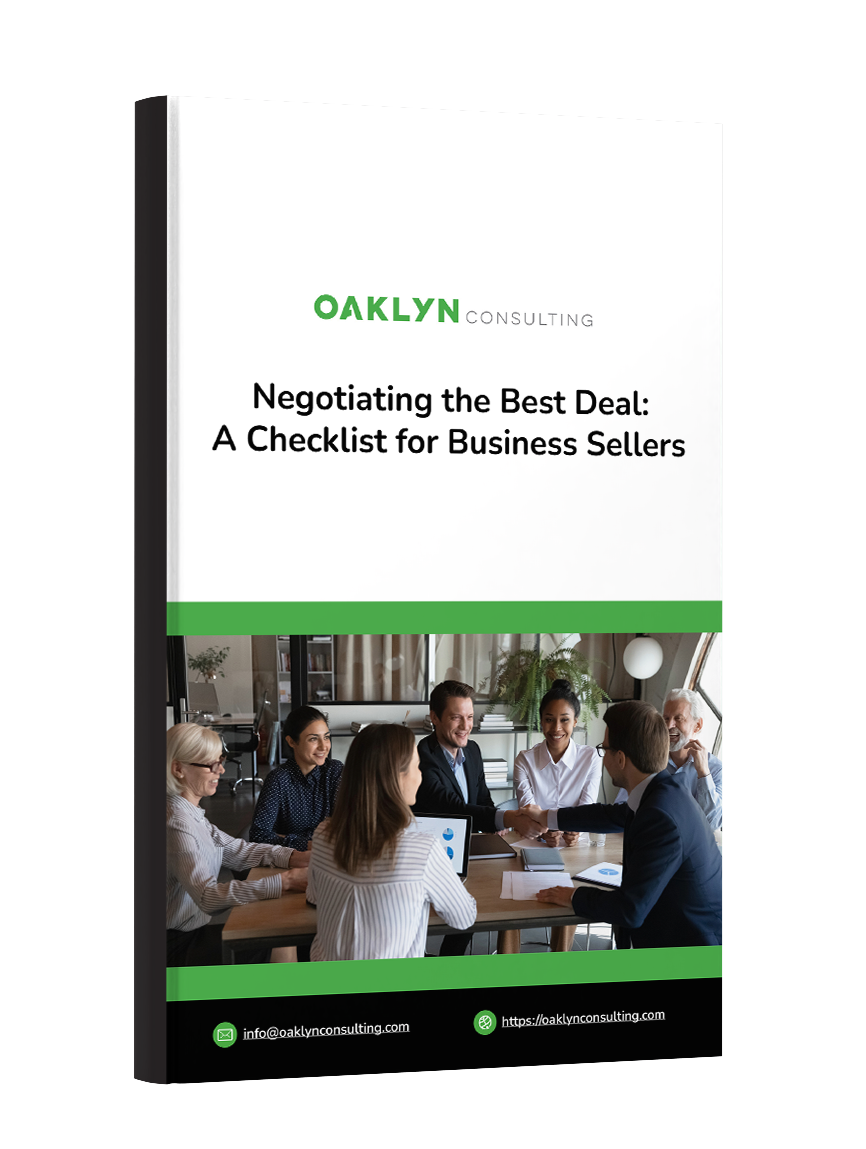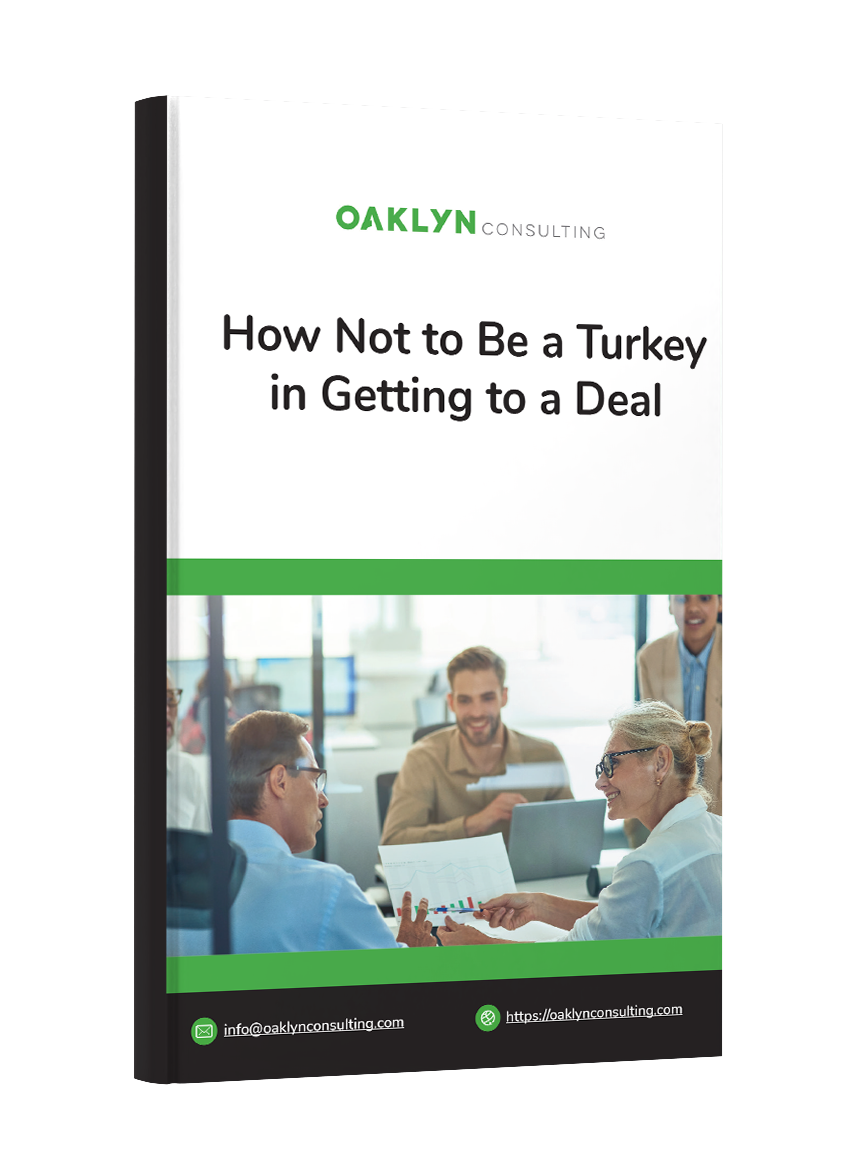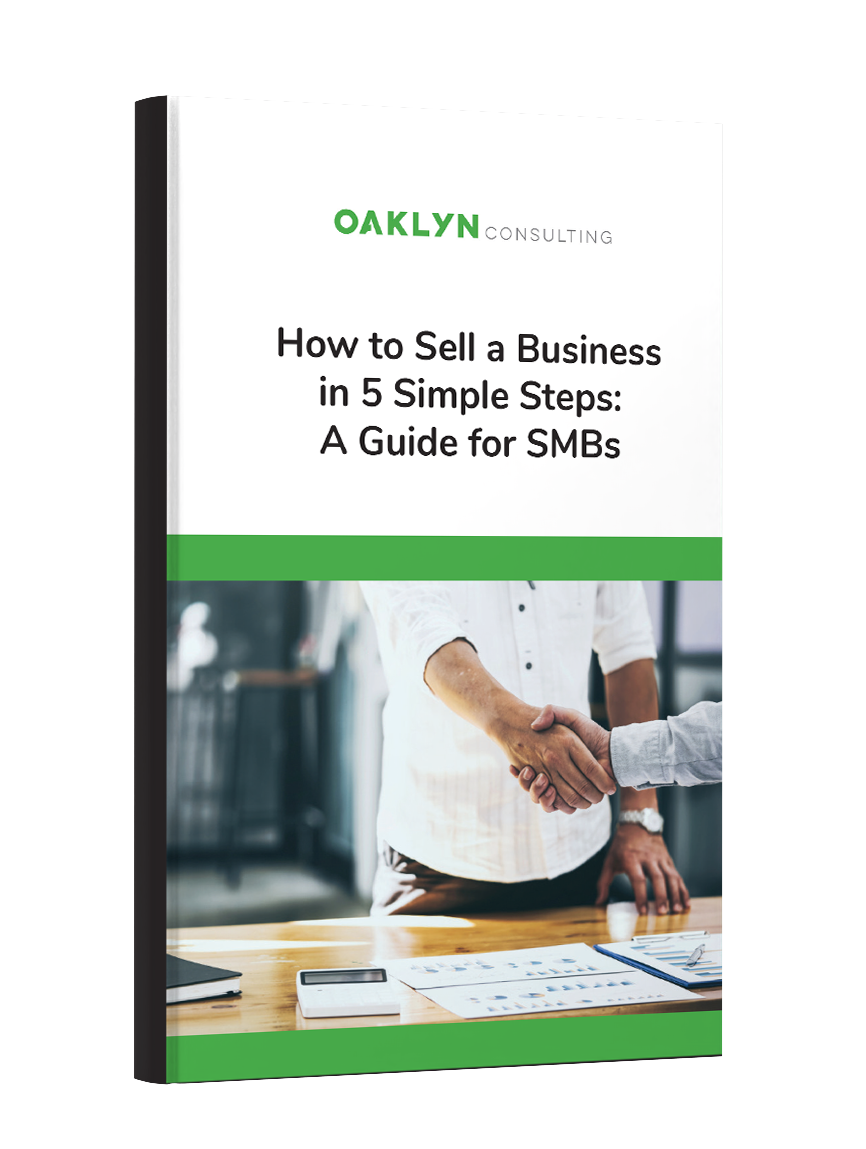Risk-taking is a natural part of venture capital. Many times, investments turn out just as expected. But other times, they can lead to either massive payoffs or problematic results. With either extreme, investors should be aware of their options. Thanks to Business.com for giving me the opportunity to share my tips for restoring a struggling investment and capitalizing on a successful one.
Read the article in PDF.
While venture capital investments can vary in countless aspects, one thing remains the same: They’re unpredictable.
Risk-taking is at the core of venture capital, and sometimes that risk can pay off in a big way. Other times, it can result in a problematic situation that requires a concerted effort to turn things around. So how do you handle these two extremes – restoring a struggling, but possibly valuable investment, and exploiting a highly successful one?
Let’s look at both ends of the spectrum separately.
The losing investments
I recently had a venture capital client who had invested in a small software company that was essentially bleeding cash. The business had been in his portfolio for five years and had real customers and revenue, but profitability was lagging. The investor didn’t want to shut it down, but he also didn’t want to continue writing checks to barely keep it above water.
The company clearly had value, but the investor needed to know exactly how to derive that value – and how to stop the bleeding.
Although a so-called “purgatory” investment like this might have the potential to be valuable in the future, investors tend to view it as a drain on their resources, especially if there’s no clear end in sight. A decision needs to be made, with the investor’s choice of action ultimately tipping the tables toward success or failure.
When a venture reaches this point, investors have four options:
1. Sell the company.
Ideally, you would sell the company to a strategic buyer who is interested because of the value the company adds to their own organization. This type of buyer can be hard to come by, but they can be found among a business’s competition or current customer base. Approaching possible buyers in this arena can be tricky, however, as clients may become apprehensive about losing their vendor and end up shopping for a replacement. But in the end, the risk is worth the effort if the deal creates some value for the original investors.
An acquisition is another route to consider if the company can be sold for its revenue and a strategic buyer is hard to find. Under this agreement, the buyer can expand its roster of clients or add to its existing team, and the investor benefits from the sale of the company’s revenue. Plus, organizations often flourish in a “new home” that may have access to better distribution or sales networks. For some companies, commonsense changes that came as the result of an acquisition ended up unlocking previously unrealized value.
2. Find a partnership.
Investors should also consider partnering with interested parties instead of selling the company to them outright. An alliance is more likely if the seller is willing to accept stock as payment – which could prove valuable once the company has a “new home” to grow its worth. Going this course will take patience, as the investor likely won’t see profitability from the stock right away, but it’s a great option for retrieving value from a mediocre investment.
3. Find a new client.
This avenue is often overlooked because investors assume their sales team would have found all possible clients, but new customers are always emerging. Some companies might see the benefit of your organization’s products or services and just not have the resources for (or interest in) a merger or acquisition, which means you should approach them as a client. It’s important to always consider new perspectives, contexts and opportunities when contemplating your options. Remember, this could be what your company needs to survive (or at least buy more time).
4. Shut it down.
A shutdown is always the most expensive option, so all other options should be carefully considered before conversations of dissolving the company begin. If the three alternatives listed above aren’t possible, investors should …
- Find another company to take over,
- Minimize expenses as much as possible and let it run out, or
- Creatively work to keep the company alive without investing more money.
You may be wondering what happened with our investor client after this lengthy process. Two client prospects presented themselves, who both needed the software but couldn’t afford an acquisition. In the end, the investors used expert guidance and crucial information to make an informed decision to pursue a revenue-sharing arrangement that had been on their back burner.
The result? They stopped the bleeding. The company kept all its employees and picked up traditional business operations instead of living month to month, waiting for the next check from its investors.
The winning investments
On the opposite end of the spectrum, sometimes investors are presented with surprisingly successful investments. So, what do you do with the winners? The answers are quite similar.
A recent client, a medical device company, found success much earlier than expected. Its very capable CEO was experienced at shepherding new medical devices through the development and approval process, but this was a different problem. He needed to efficiently capitalize on the device’s early success. Decisions he made then would certainly affect the choices he would have later, both in developing and monetizing the product.
Some strategic options for successful companies are the same as the options for struggling companies, such as partnering with another company or selling to another company. But successful companies have a few additional opportunities as well. Every potential path has advantages and costs, and immediate payoffs usually come at the expense of longer-term benefits.
1. Keep going.
This is the default option. Doing nothing is a choice that successful companies can make, but not considering other options is shortsighted.
2. Sell the company.
Selling the company outright is usually the quickest route to monetizing the product, but it means forgoing future –possibly greater –profits. The decision to sell early is usually driven by and done for the benefit of investors who want liquidity or don’t have the appetite for the additional risk.
3. Buy another company.
Sometimes, especially with a successful product, this option makes the most sense. If the acquisition target has a complementary product or good distribution, the combination of the two companies could unlock greater value. Our medical device client chose to avoid this option because it would have necessitated raising capital and adding risk, and the process would have been too much of a distraction.
4. Make a deal.
Our client also had the opportunity to enter into a major distribution deal with another company. This would have eliminated the challenges of building a distribution network and the need to hire and oversee a sales force. Although the proceeds would have started flowing sooner, a deal like this could inhibit or even preclude a later deal to sell the whole company.
In each of these situations, the trade-offs have to be carefully considered to make sure the investors are maximizing their return for the amount of risk they are taking. Experience and good information – as much good information as you can get – will increase the likelihood of a good decision and a successful outcome.
In both situations, whether a highly successful investment or a struggling one, the key is to understand that you have options and to clearly analyze all of them to make the most profitable decision.



